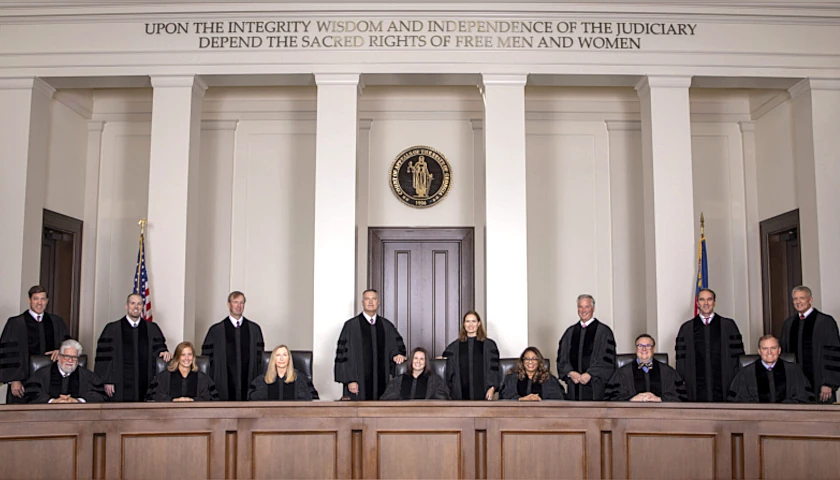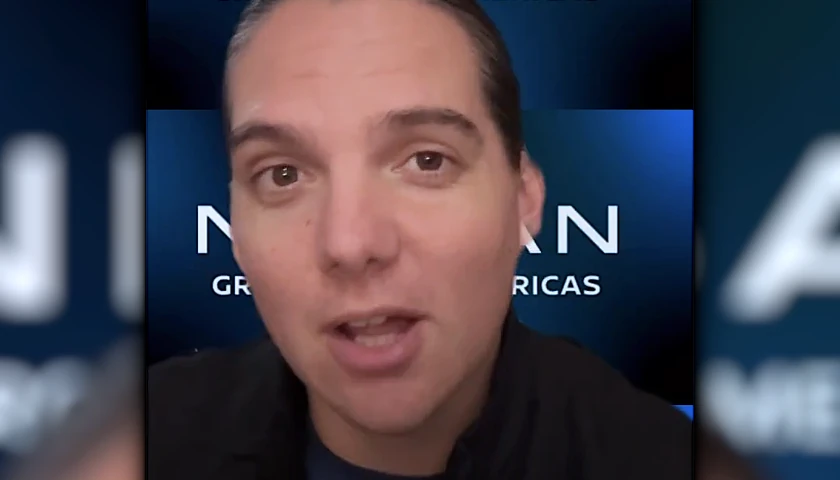by Andrew G. Biggs and Jason Richwine
With classrooms finally reopening and hundreds of billions of federal dollars earmarked for public schools, the issue of teacher pay will soon re-emerge. Before the pandemic, public school teachers were fighting against a widely perceived “teacher salary penalty.” President Biden vowed to “correct this wrong,” promising a dramatic increase in federal education funding to “give teachers a raise.” But what causes these pay differences? New Census Bureau data suggest that most teachers are paid roughly what they’d receive in other jobs. But if public schools wish to attract the best-qualified graduates to teaching, they need to stop paying the physics teacher the same as the gym teacher.
The Economic Policy Institute, a teacher-union-affiliated think tank, reports that public school teachers receive salaries about 20 percent lower than non-teachers with equal levels of experience and education.
But what does it mean for education to be “equal”? College graduates attended different institutions, majored in different fields, and received different GPAs, leading to different salaries later in life. That’s why parents encourage their children to attend more competitive colleges and, increasingly, to favor STEM fields over liberal arts majors.
Those differences in educational quality are tough to measure. Instead, teacher pay gap studies from groups like the Economic Policy Institute focus solely on educational quantity: everyone who has the amount of education — a Bachelor’s degree, a Master’s degree, and so on — is assumed to be equally-educated and meriting the same salary. This assumption makes the number-crushing easier, but also leads to implausible results.
For instance, look at nurse anesthetists. Using the same data and statistical controls that produce the 20% teacher salary gap, nurse anesthetists appear to be overpaid by 74%, even though nurse anesthetists do essentially the same work as physician anesthesiologists at roughly 40% lower salaries. The reason nurse anesthetists — along with air traffic controllers, firefighters, and airline pilots — look overpaid is that they work in technically demanding jobs that allow little room for error, but don’t have extremely high levels of formal education. Electricians, the pay-gap studies would tell us, are as overpaid as teachers are underpaid. Teacher pay gap studies just aren’t credible if they produce nonsensical results for so many other occupations.
Our study addresses these problems using a new Census Bureau dataset called Post-Secondary Education Employment Outcomes (PSEO). The PSEO data tell us what college or university a person attended, what subject they majored in, and how much they earned once in the workforce.
At first glance, the PSEO data confirm that Bachelor’s or a Master’s degree holders in Education — most of whom work as teachers — receive lower pay than other degree-holders. But the PSEO data let us dig deeper, showing that the real pay gap isn’t teachers versus non-teachers but STEM graduates versus the rest of us.
Education majors at the Bachelor’s or Master’s level receive salaries not statistically different from those of other non-STEM majors, such as liberal arts or social sciences. The seeming teacher pay gap comes when we compare Education degree holders to workers with STEM degrees such as math, computer sciences or engineering. STEM degree holders do indeed receive much higher salaries, often 20% or more. But this pay gap isn’t versus Education majors, it’s relative to nearly all non-STEM degree holders.
And those pay differences aren’t surprising: STEM fields demand higher SAT and GRE exam scores than other majors, are more difficult and rigorous, and leave students with the quantitative skills that are most demanded in the modern labor market. Education majors much more resemble grads with liberal arts or social science degrees than they do STEM graduates. The teacher pay gap really isn’t about teachers. It’s about the broader salary premium paid to STEM degree holders over other college grads, including those who go into teaching.
Many schools might wish their math classes to be taught by math majors and their physics classes by physics majors. If so, the key is to stop paying the math and physics teachers the same as the gym teacher. But that’s not how most public schools work. Most schools pay all teachers using a single salary formula based solely on years of work experience and the highest degree they obtained, not the subject in which they earned that degree.
Those one-size-fits-all pay scales produce both teacher surpluses and teacher shortages. For instance, Connecticut public schools in 2015 received 167 applicants per open elementary school teaching spot, with a median applicant quality of 4.5 on a 1-to-5 scale. And yet those schools received only 17 applicants per high school science opening, with applicant quality rated just two out of five. A simple alteration to teacher pay schedules, where STEM degree holders receive a salary premium, would help resolve these problems.
We can attract more STEM majors to become public school teachers, but a one-size-fits-all pay scale isn’t the way to do it.
– – –
Andrew G. Biggs is a resident scholar at the American Enterprise Institute. Jason Richwine is a resident scholar at the Center for Immigration Studies.








